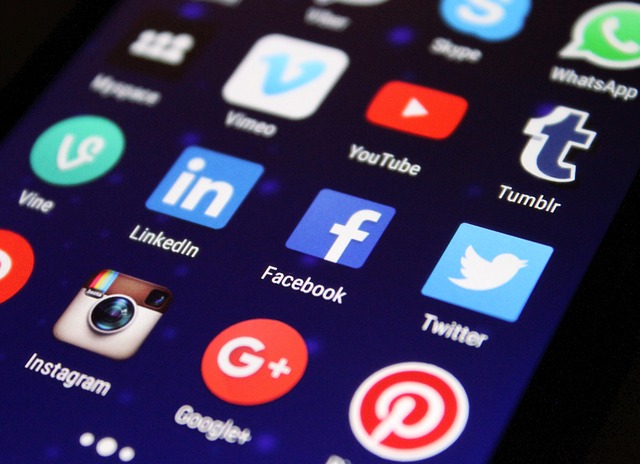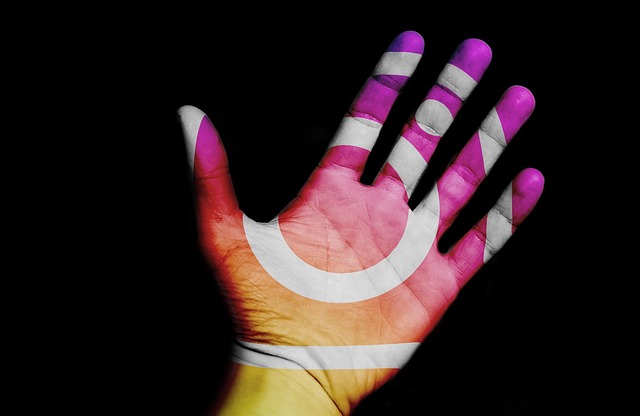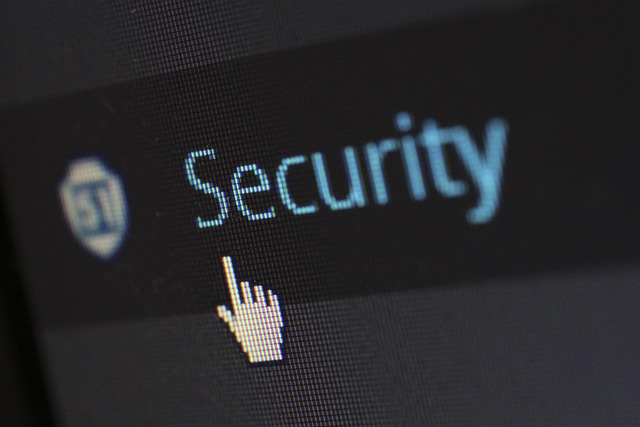**Slow Media, Fast Impact: Navigating Social Media’s Influence on Information Consumption**
*Keyword: slow media | Category: Information*
—
### A Moment of Pause in a World That Never Sleeps
When you scroll through your feed, what feels familiar? A blur of breaking news, a carousel of memes, a carousel of “facts” that flash before you even think. The speed of social media is relentless, and with that speed comes a paradox: the more we consume, the less we truly understand. It’s a feeling that many of us share—an overwhelming flood of information that leaves us questioning what’s real and what’s just hype.
Enter **slow media**. It isn’t about slowness for its own sake; it’s a deliberate choice to slow our intake, to ask deeper questions, and to savor the nuance that the 280‑character limit or a 15‑second video cannot deliver. Slow media invites us to step back, to breathe, and to let information settle before we act or share.
—
### The Social Media Impact: Speed vs. Substance
Social media’s design is built on dopamine spikes. Algorithms prioritize content that keeps you engaged—clickable headlines, sensational images, rapid reactions. The result? A shallow surface of knowledge that feels fresh but quickly fades. We often forget that every story we see has context: background, perspective, source, and credibility. In the fast lane of feeds, those details get left behind.
Slow media offers a counterbalance. By allocating time for in‑depth reading, by seeking out long‑form journalism, by listening to podcasts that unpack complex issues, we give our brains the chance to process. We transform passive scrolling into active learning, turning the rapid feed into a meaningful conversation with ourselves and the world.
—
### How to Practice Slow Media in a Fast‑Moving Digital Age
1. **Curate Your Feed**
Follow accounts that prioritize evidence over entertainment. Add a few reputable news outlets, think tanks, and academic voices. Less noise, more depth.
2. **Set Boundaries**
Designate “no‑screen” times—before bed, during meals, or first thing in the morning. These breaks allow you to reflect on what you’ve seen without the pressure to instantly react.
3. **Use “Read Later” Tools**
Instead of reacting immediately, save articles for a later time when you can sit with them. Your phone’s “offline reading” feature or a bookmarking service helps you control the flow.
4. **Ask Questions**
Who is behind the story? What are the underlying assumptions? Are there alternative viewpoints? Slow media thrives on curiosity and critical thinking.
5. **Share Thoughtfully**
When you decide to share, include context. A quick caption can transform a headline into a conversation. By doing so, you elevate the quality of the information loop.
—
### Feeling the Difference: From Overwhelm to Empowerment
When you start to slow down, you’ll notice a shift. Instead of feeling drained by the endless stream, you’ll feel more centered. Your decision‑making becomes less reactive and more intentional. The sense of control over your digital consumption can boost mental well‑being and increase your confidence in navigating the complex information landscape.
Slow media is a practice, not a destination. It’s about finding that balance between the instant gratification of social media and the depth that our curiosity demands. It’s about allowing ourselves the luxury of time in a world that constantly tells us to keep going.
—
**Final Thought**
In the dance of information, social media offers the music; slow media tells us how to move. By embracing slow media, we can harness the power of social platforms while protecting our minds from the chaos they can unleash. Take that breath. Tune in. Stay informed, but not at the cost of your peace.




